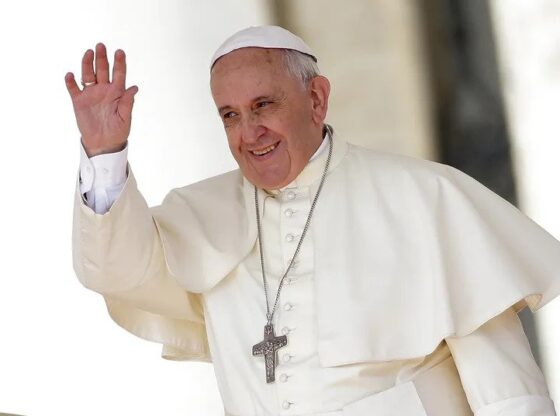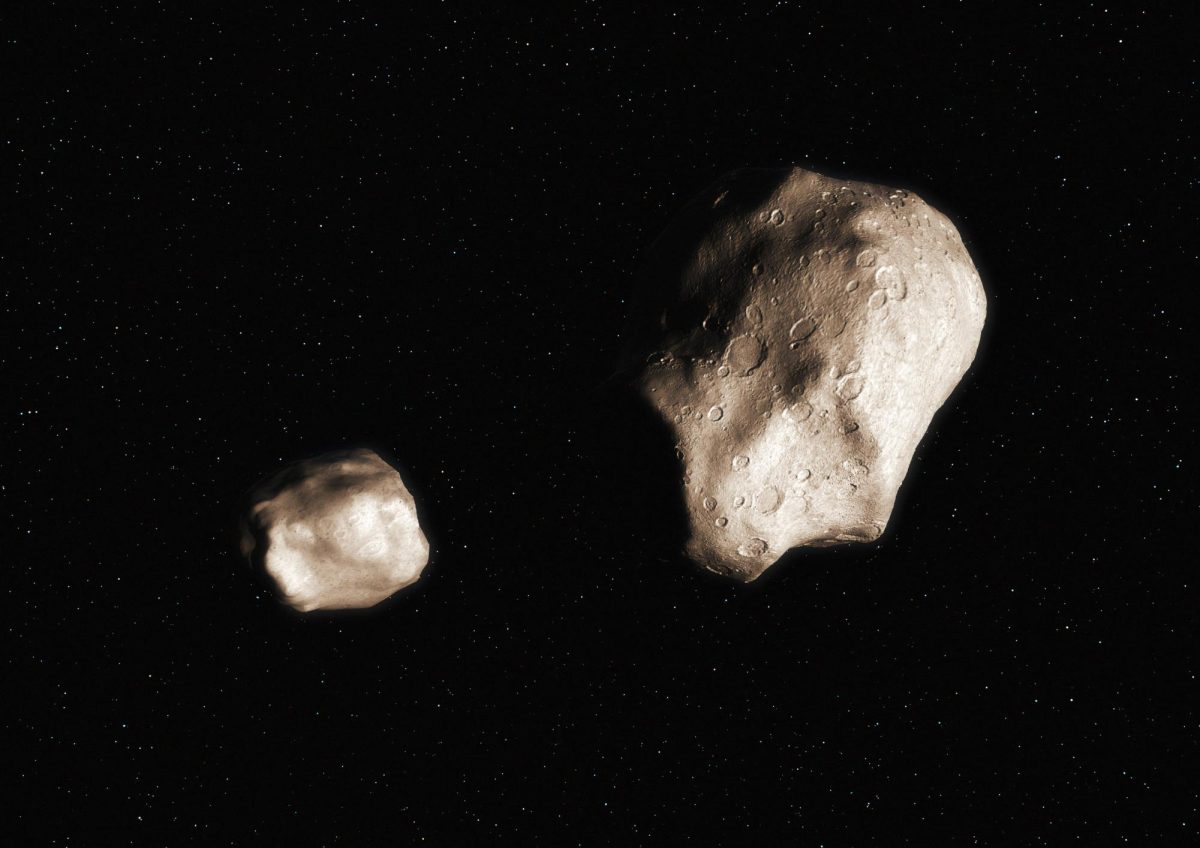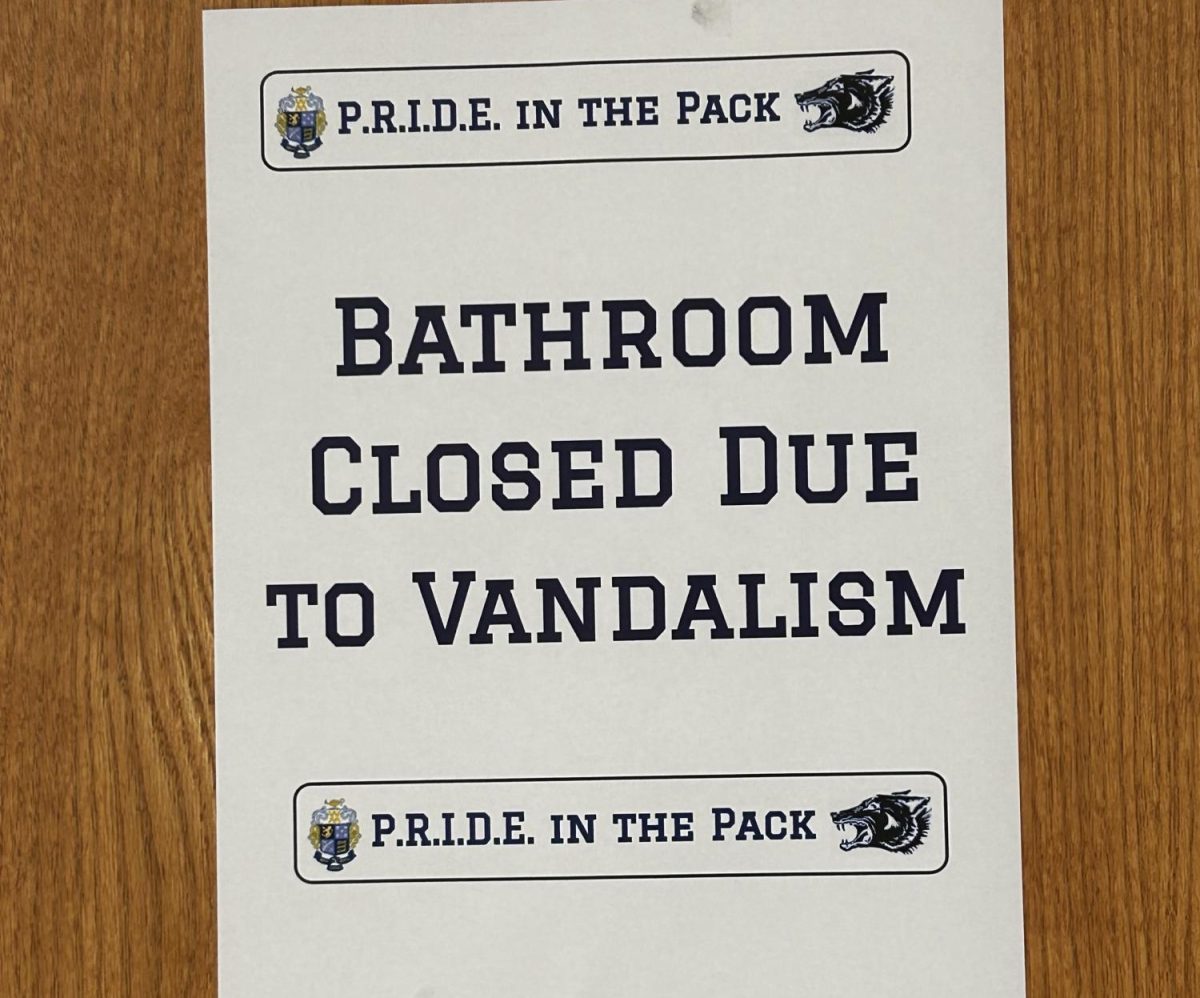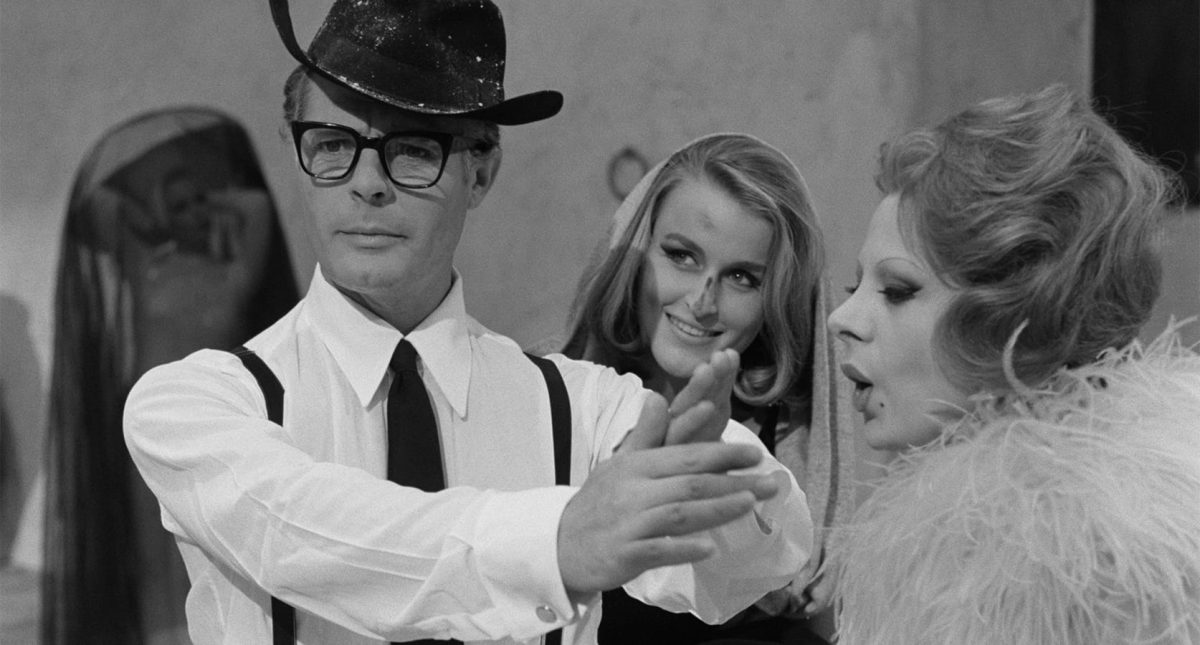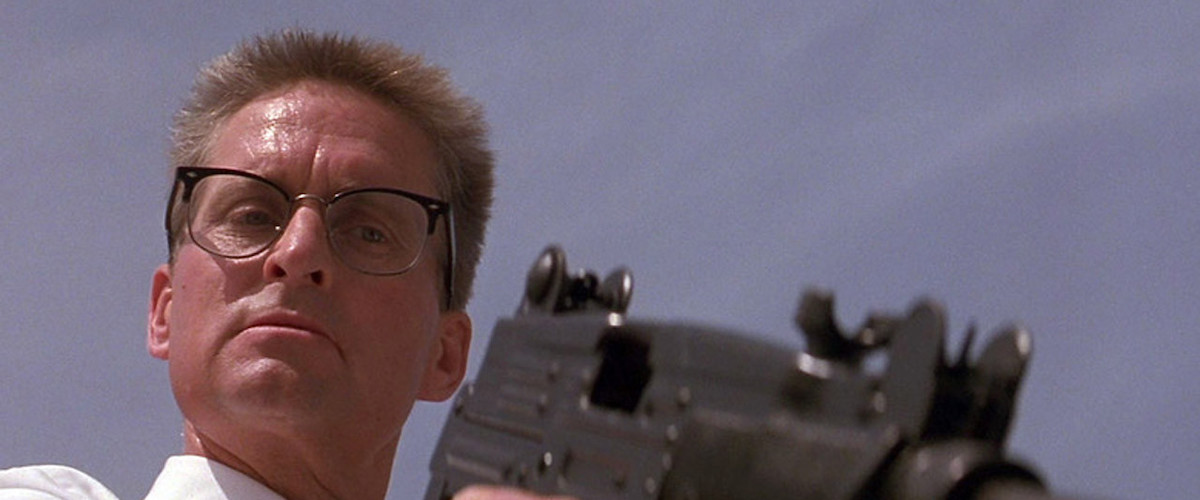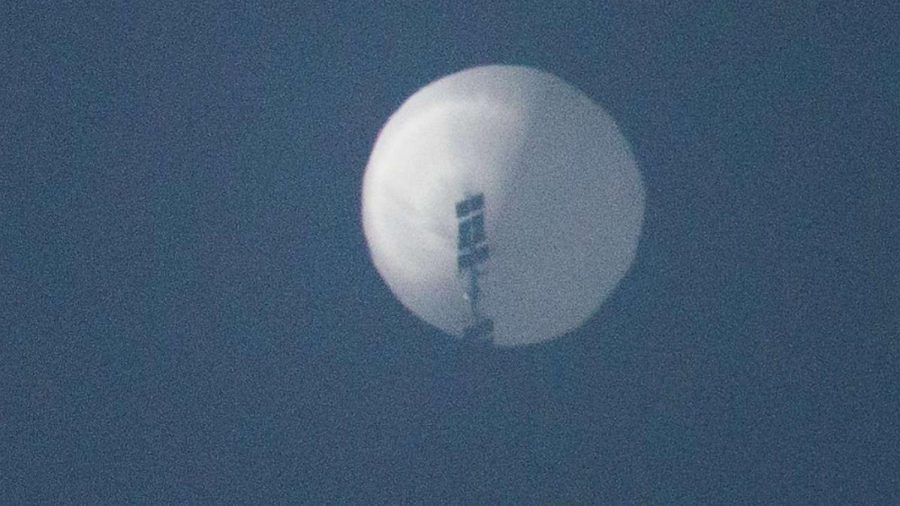Balloons Crash the Party: The U.S. Takedown of the Chinese Spy Balloon
On February 4, 2023, the United States shot down a Chinese balloon that had traveled over a large portion of North America. China has maintained it was a weather balloon that veered off course; however, the U.S. government believes that it was doing something much more threatening. According to The New Yorker, the Biden Administration has contended that the balloon was “part of a larger Chinese surveillance-balloon program,” which the White House argued had violated the sovereignty of nations all over the world.
In the past decade, the Chinese military has certainly entered a new strategic era, while also reflecting a series of decisions made earlier. In the late nineties, in the aftermath of the accidental bombing of the Chinese Embassy in Belgrade, a decision was made to modernize the Chinese military and completely reinvest in all platforms, across all systems. This plan was launched successfully before Xi Jinping became General Secretary and chairman of the Central Military Commission.
Nearly halfway through Xi Jinping’s tenure, a newfound effort was made to reorganize the People’s Liberation Army (P.L.A.) in China. It was the most significant organizational change to the P.L.A. since the 1950s. It disintegrated China’s general-staff system, which was centered around four main departments, and set up many smaller departments and offices under the Central Military Commission itself. This was intended to better enable the P.L.A. to use all of the hardware that had been developed and strengthen its ability to execute complex front operations that would combine elements from the different services.
China has always seen itself as a great power, therefore desiring a great military. Having a modernized, capable military has been a long-standing ambition of multiple Chinese leaders, in the post-Cold War period. This led them to change their strategy in 1993, which meant pursuing this ability to conduct joint operations. They did this once they realized it was what the United States was doing in the Gulf War. The United States was seen as a bit more hostile to China than it was at the end of the Cold War, further reinforcing China’s need for a strong military.
In the last five years, China, with a much more modern military, has had many more options to choose from when it’s thinking about how to advance its interests. It can use displays of force to much greater effect than before.
On February 4, the U.S. Air Force shot down the balloon over U.S. territorial waters off the coast of South Carolina, on the order of President Joe Biden. Debris from the wreckage was recovered and sent to the FBI Laboratory in Quantico, Virginia for analysis. The American and Canadian militaries quickly declared that the balloon was for surveillance. The U.S. said that the balloon was capable of geolocating electronic communications and potentially carried intelligence surveillance equipment inconsistent with that of a weather balloon. American officials later disclosed that they had been tracking the Chinese balloon since it was launched from Hainan. Its original destinations were likely Guam and Hawaii, however prevailing winds caused it to blow off course and across North America.
This incident has resulted in increased tensions between the U.S. and China. The United States has called the balloon’s presence a “violation of its sovereignty,” while China responded that it reserved the right to “take further actions” and criticized the U.S. for “an obvious overreaction and a serious violation of international practice.” Furthermore, Secretary of State Anthony Blinken postponed a long-awaited diplomatic visit to Beijing, aimed at easing tensions between the two countries.

Elyse Cuccaro is a senior at West Morris Central. She is beyond excited to continue writing for The Paw this school year as the Editor-in-Chief. Elyse...

